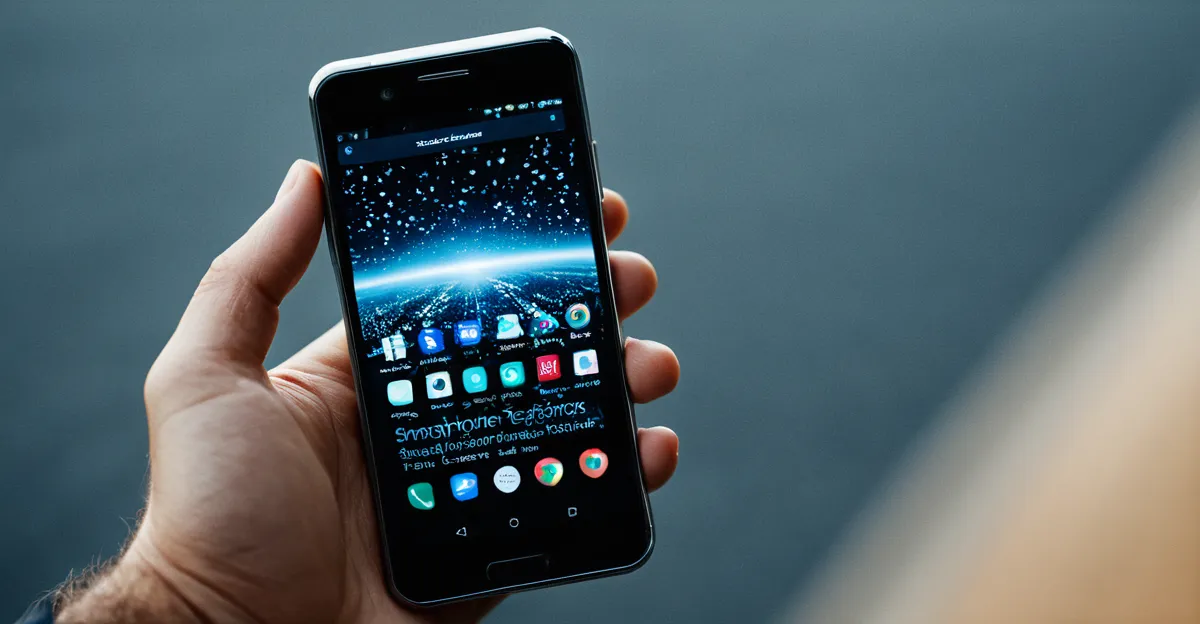Transforming Communication and Social Interaction with Future Smartphone Technologies
Future smartphone communication is set to redefine how we connect. With 5G and emerging 6G networks, users will experience near-instantaneous data transfer, enabling seamless global communication regardless of location. These networks will support real-time translation, breaking down language barriers and fostering inclusivity in social interaction. Imagine chatting with someone across the globe without a hitch—AI-powered seamless conversations will become commonplace.
AI-driven messaging will enhance social experiences beyond text. Smart assistants will help draft context-aware replies, schedule meetings, and even read emotions to suggest more empathetic responses. This personalized interaction boosts connection quality, making virtual exchanges feel more genuine and engaging. The integration of augmented reality could further immerse users, blending physical and digital presence in communication.
Also to discover : How are UK startups leveraging smartphone technology for innovation?
However, with these advancements come significant privacy, security, and ethical considerations. Protecting user data while using AI-powered messaging tools is crucial to maintaining trust. Users and developers alike must ensure that innovations respect consent and avoid manipulation or bias in tech-mediated relationships. Addressing these issues upfront will be vital to sustaining the positive impact of future smartphone communication technologies.
Future Smartphones Elevating Productivity and Workflow
Smartphone productivity is on the brink of transformation, driven by innovations in AI assistants and augmented reality in work.
Also read : What are the key features of UK smartphones in 2024?
Artificial intelligence is set to redefine how smartphones manage tasks. AI assistants will go beyond simple reminders to handle complex scheduling, prioritize emails, and even anticipate user needs by learning habits. This level of intelligent scheduling reduces manual effort and enables users to focus on high-impact activities, boosting overall productivity.
Augmented reality in work environments promises to introduce AR-enabled mobile workspaces that transform any location into a virtual office. Imagine collaborating on 3D models or sharing interactive documents seamlessly in real time. These collaboration tools will integrate naturally into smartphones, creating an immersive, flexible workflow wherever you are.
Smartphones will also adopt adaptive, user-centric interfaces that dynamically adjust to multitasking demands. These interfaces optimize screen real estate and input methods based on the task or application priority. For instance, split-screen views or gesture controls will become more intuitive, enabling users to juggle multiple projects efficiently without losing context.
Together, these advances will foster workflow automation that anticipates user needs, empowering professionals and creatives alike to achieve more with their smartphones than ever before.
Health and Wellness Advancements via Smart Devices
Smartphone health tech has dramatically transformed how we monitor and manage our well-being. Cutting-edge biometric sensors in smartphones and wearables now provide continuous, real-time health analysis. These sensors track heart rate, blood oxygen levels, sleep quality, and even stress indicators. Such real-time data empowers users to understand their bodies deeply, often before symptoms become noticeable.
This digital wellness revolution extends beyond self-monitoring. Integration with telemedicine platforms allows seamless sharing of health data with medical professionals. Personalized health applications use this data to tailor recommendations, medication schedules, and lifestyle adjustments, enhancing preventive care. For instance, users managing chronic conditions benefit from timely alerts and virtual consultations, reducing hospital visits.
However, while healthcare integration offers clear advantages, it also raises concerns about data privacy. Safeguarding sensitive health information against unauthorized access is crucial to maintain trust. Users should be aware of permissions granted to apps and the security protocols in place. Balancing these benefits and privacy risks is key in leveraging smartphone health tech effectively for improved health outcomes.
Evolution in Entertainment and Media Consumption
The rise of smartphone entertainment has transformed how audiences engage with media. With instant access to streaming services, games, and social apps, consumption habits have become more mobile and personalized. This trend pairs strongly with advancements in AR/VR media, which provide immersive experiences that go beyond traditional viewing. Users can now step inside virtual environments, interact with 3D worlds, and experience stories from unique perspectives.
Enhancements in content creation further elevate this evolution. AI-driven editing tools streamline production, enabling creators to produce higher-quality visuals and lifelike audio more efficiently. These technologies empower independent creators to compete with established studios, broadening the landscape of available content.
However, this increase in availability and immersion also introduces new challenges. Digital addiction concerns rise as users find it harder to disconnect. Content overload leads to decision fatigue, making it difficult to find valuable media among an abundance of options. Balancing innovation with mindful consumption is essential to fully harness the potential of smartphone entertainment and immersive AR/VR media.
Understanding these dynamics helps consumers appreciate how creative content is evolving while remaining aware of possible pitfalls in this new entertainment era.
Challenges and Ethical Considerations in Future Smartphone Adoption
Navigating smartphone ethics is critical as technology rapidly evolves. Users and manufacturers face rising concerns about digital privacy, where protecting sensitive data against breaches becomes paramount. Ethical AI use in smartphones demands transparency and accountability to prevent misuse or bias in smart assistants and other features.
Ensuring technology accessibility remains a priority to bridge the digital divide. Many communities still lack affordable smartphones or internet access, limiting opportunities for education, employment, and communication. Developers and policymakers must collaborate on inclusive designs and cost-effective solutions to broaden access across diverse socioeconomic groups.
The environmental impact of smartphone production and disposal cannot be overlooked. Resource-intensive manufacturing processes consume rare minerals and generate substantial waste. To mitigate this, initiatives promoting eco-friendly materials, recycling programs, and longer device lifespans are essential. Responsible consumer behavior also plays a role in reducing electronic waste.
Balancing these challenges requires a holistic approach where innovation aligns with ethical standards, accessibility, and sustainability. This ensures future smartphones benefit society without compromising privacy, equity, or the planet.



